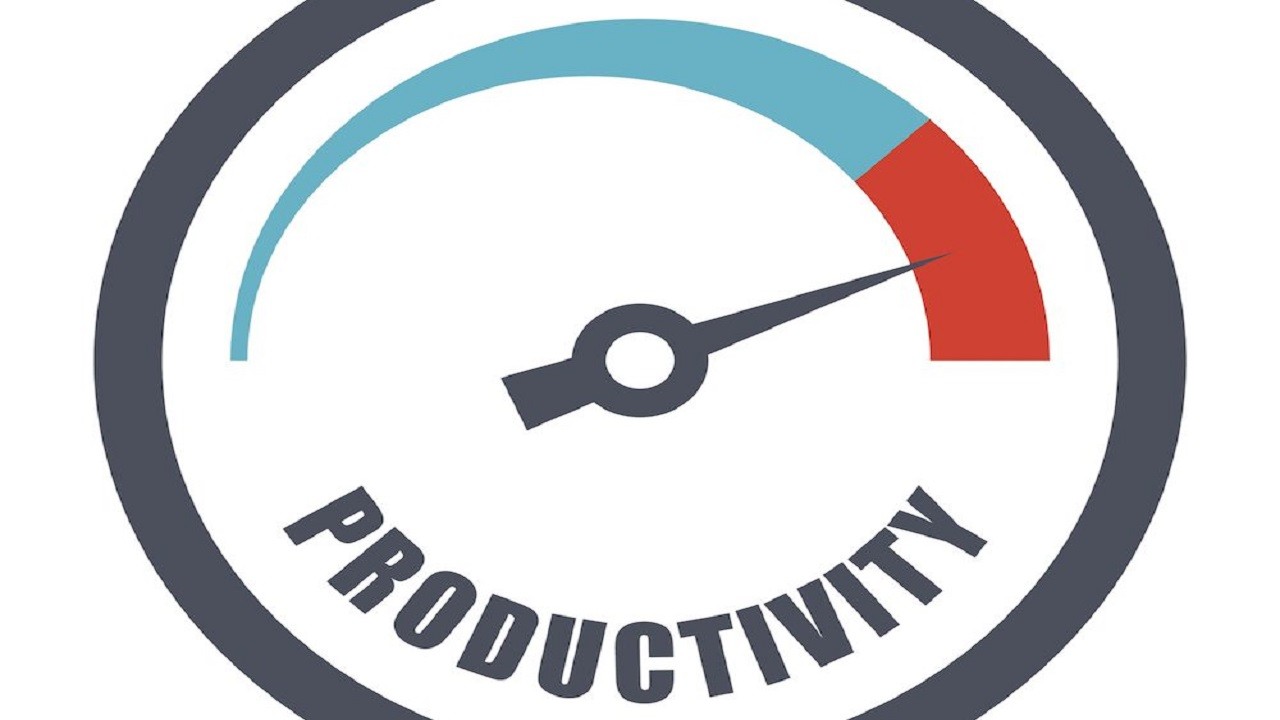
3 Scientific Hacks to Get More Done and Eat Less Junk
June 18, 2018, 12:23 pm
Brian Wansink has built a career out of tricking you and your kids.
You should thank him for that.
3 Scientific Hacks to Get More Done and Eat Less Junk
Wansink is a professor and researcher at Cornell University. The author of “Mindless Eating,” he has dedicated his life to helping you eat better. His work inspired the ubiquitous 100-calorie snack packs that you see at grocery stores (breathing new life into Oreo sales), the “small plate” movement, and countless diet programs.
What most people don’t know is that you can also use Wansink’s research to become more productive in pursuit of work-life mastery.
First, let’s examine how his food findings can help you—and your children—eat better. Here are several of his discoveries:
- Moving from a 12-inch to a 10-inch dinner plate leads people to serve and eat 22% less.
- A person will eat an average of 92% of any food they serve themselves.
- The average person makes in excess of 250 decisions about food each day.
- Low-fat labels lead people to eat 16-23% more total calories.
- The nutritional gatekeeper of a home influences an estimated 72% of all of the food their family eats.
- Because of visual illusions, people (even professional bartenders) pour 28% more into short, wide glasses than tall ones.
- 50% of the snack food bought in bulk is eaten within six days of purchase.
Some of these problems have self-evident solutions: If you pile your grub on a mammoth-size dinner plate, get some smaller flatware; if you stockpile treats, ration them for reasonable calorie consumption; and so forth.
But aside from these tips being beneficial to your waistline, Wansink’s work can also help you get more done.
Dumping digital candy
One of my favorite lessons from Wansink’s research is about how we can eat less candy. His data shows:
- If you keep a candy bowl on your desk within arm’s reach, you’ll eat a lot of it.
- Move it off your desk and you’ll eat less. (Duh!)
- Put it in an opaque jar (so that you can’t see the contents), and you eat less still.
- Put that opaque candy jar in a cupboard in another room and you’ll again cut your consumption.
- And finally, if you don’t have the candy in your house in the first place, you’ll eat none!
This is not rocket science.
But what if we were to take these dietary principles and apply them to, say, smartphone “addiction”?
Too many of my coaching clients keep their phones attached to their hips at all times. These devices are, to carry the example forward, digital candy.
Notifications, bings, and buzzes are constant. Naturally, these interruptions are distracting, making it nearly impossible to do deep work.
No wonder they can’t get any work done! Their brains feel like they’re receiving a constant infusion of M&M’s.
Sound familiar? If my clients are struggling with this, it’s likely you are, too.
Here’s the solution, stealing from Wansink’s candy study:
- Start by removing as many apps as possible from your phone’s home screen. For that matter, delete any apps that ping you with unnecessary messages.
- Next, silence all remaining phone notifications when you want to focus.
- When you’re ready for your deep work, turn your phone off and put it in a drawer in another room. (You can also leave it in the car when you’re in the office).
Now that the temptation has been removed and digital boundaries have been put in place, you’ll be able to get more (quality) work done. And it was so simple—you just removed the one thing that constantly invaded your time, energy, and focus.
And sure, you’ll reach for your absent phone every minute or so. This reflex will take a while to overcome. But it is possible.
If you continue to do this every day, concentrated deep work will eventually become the overriding habit in your productivity operating system. The result: You’ll get more done and become more successful at work.
But Wansink’s influence doesn’t stop there.
Removing temptation is not the only way to make success easier; we can also add safeguards and positive triggers to make the right decisions automatic.
In other studies, researchers found that if you put healthy foods at eye-level or in clear view—like a bowl of fruit in the refrigerator at just the right height or veggies placed prominently on a counter—you will likely increase your consumption of those healthy foods. It was noted in the same studies that if adults cut up fruits and vegetables for kids, they’re more likely to eat them.
Again, this serves us well dietarily, but it also has implications for our productivity. This is part of what I call “Process Planning.”
“Process Planning”: The secret to productivity
Here’s the premise: Think about how you can set up your work environment to make it easier for you to dive into the difficult tasks each morning—especially when you’re struggling with willpower and motivation. You want to make your productivity automatic, not the product of conscious effort.
For example, each morning before 9 a.m., my goal is to do the following three difficult, but beneficial activities:
1. Write 1,500 words for my various projects at Early To Rise and for “The Perfect Day Formula” (and my next book about overcoming anxiety).
2. Meditate for 10-20 minutes.
3. Lift weights.
These focus activities are simple, but they’re not always easy. I have been known to sit at my desk, staring at a blank screen for a few slow minutes, then ultimately wander into distractions. How easy it is to jump to my favorite websites and start reading! And yes, I’ve even been known to break my own cardinal rule—taking my phone out of airplane mode so I get those precious pings.
What I’ve learned, however, is that my morning writing is so much easier when I do Process Planning the night before. Let’s just call it my fruit and vegetable regimen.
Here’s the gist: I spend a few minutes before bed outlining the article I’d like to write in the morning. This includes a basic thesis, a few bullet points, and an anecdote or two.
When I get to my computer in the morning, I no longer have to start with a blank screen—I already have a foundation for the article. And often, with the outline in place, the article writes itself.
I used this same system for making meditation easier back when I started the practice in 2013. Each evening, I’d lay out a pillow on the floor beside the bed so that when I woke up in the morning, I was reminded to meditate before distractions got in the way.
This approach works for any morning focus activity. If you struggle to make morning exercise a habit, for example, lay out your exercise clothes beside your bed before you go to sleep and put them on as soon as you wake up. It will make your exercise routine that much easier to dive into.
And yes, this system takes time to change (and build) habits, but if you stick with it, you’ll notice your focus activity become automatic. By making the path smooth for all of my difficult tasks, I have been able to check them off my to-do list before 9 a.m. every single day. And that feels very good.
Whether you want to change your diet or your productivity, keep Wansink’s wisdom in mind: Remove your biggest temptations/distractions (candy) and make it easy to dive into your focus activities (vegetables) by planning ahead and breaking your tasks into easy-to-manage chunks.
This, more than anything else, will dramatically improve your chances for personal and professional success.
[Ed. Note: Craig Ballantyne is the author of The Perfect Day Formula: How to Own the Day and Control Your Life. Craig has been a contributor to Men's Health magazine for over 17 years. Today he teaches his gift high-performing entrepreneurs how to squeeze more out of their days, increase their income, and make more quality time for their families in his Perfect Life Workshop and Work-Life Mastery programs. Craig used his own advice to overcome crippling anxiety attacks in 2006, and he'll teach you his 5 Pillars of Success so you can increase your income, decrease your work time, and live the life of your dreams. Learn more about Craig at craigballantyne.com]
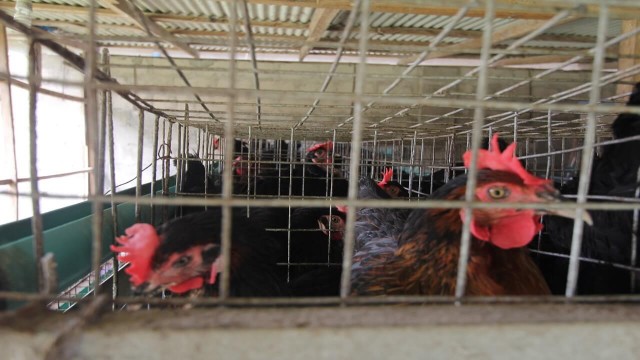
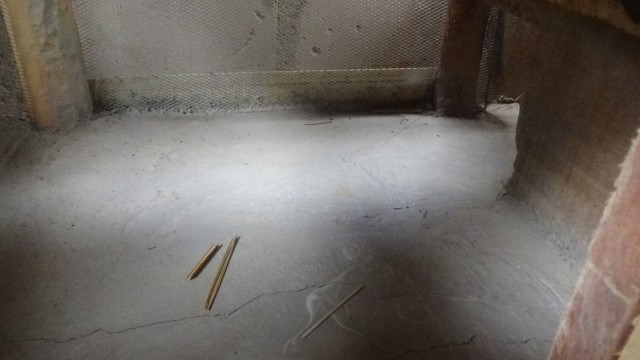
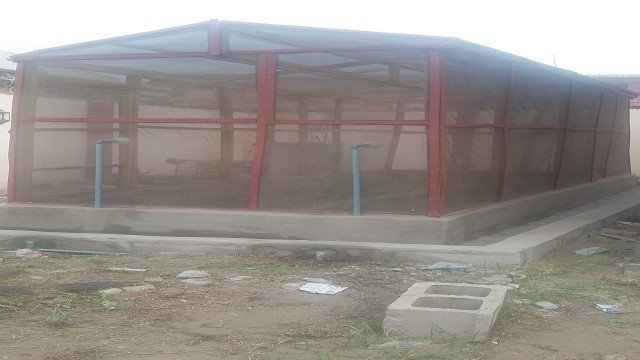


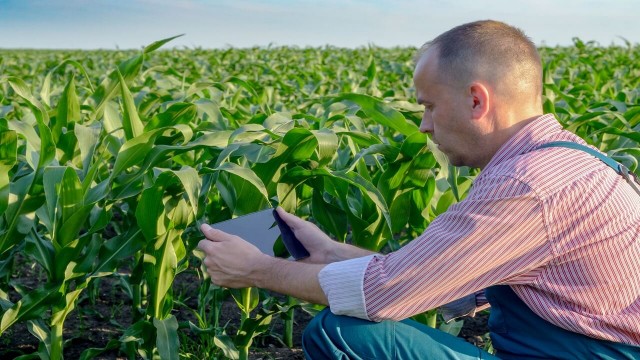
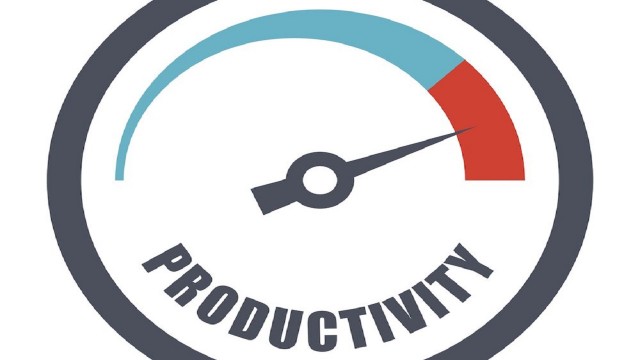
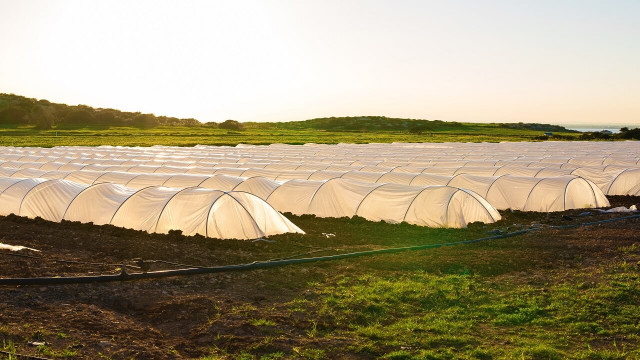
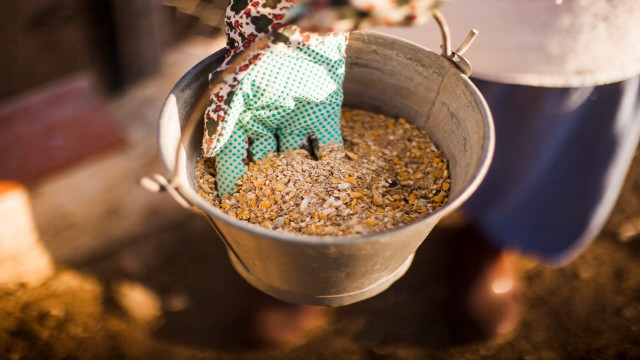
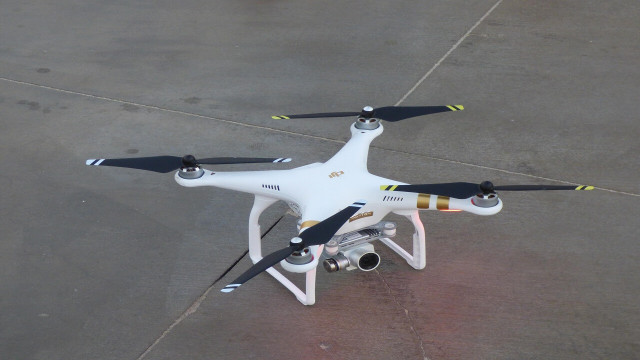
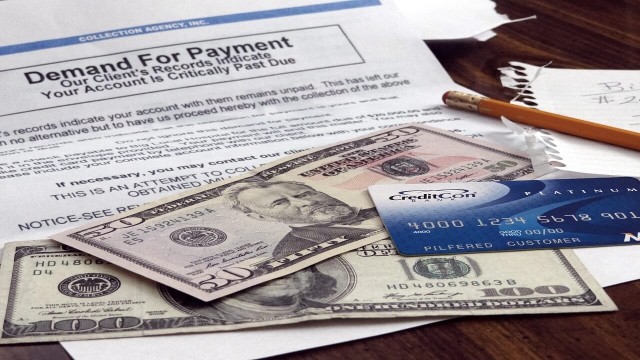
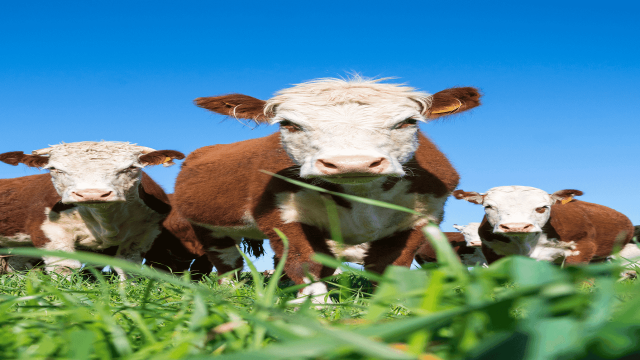
Share This Article: